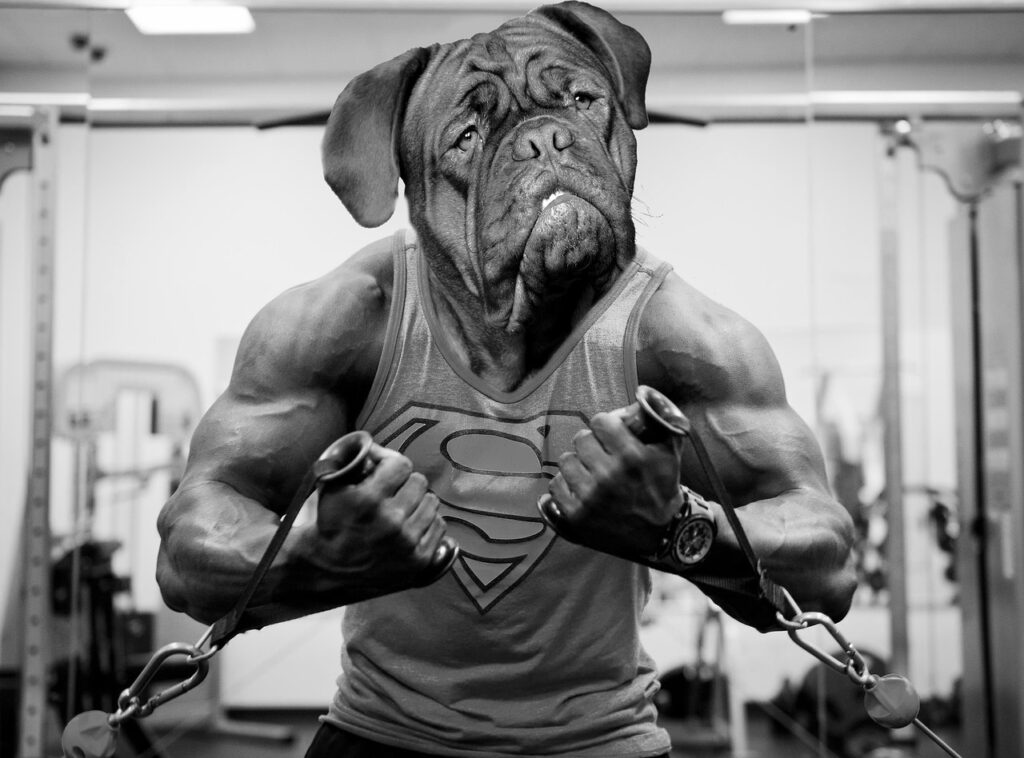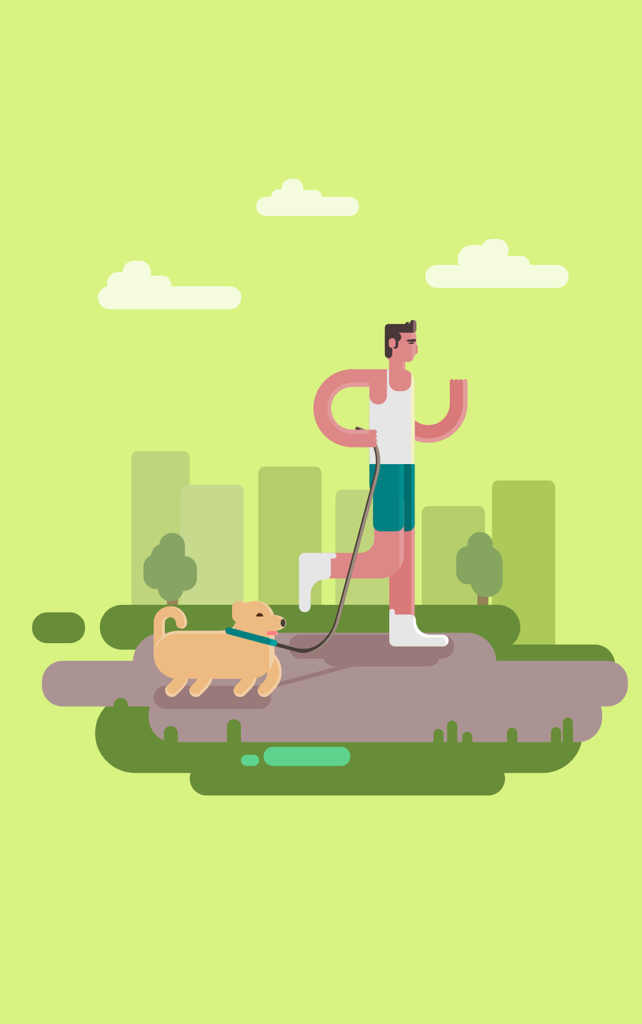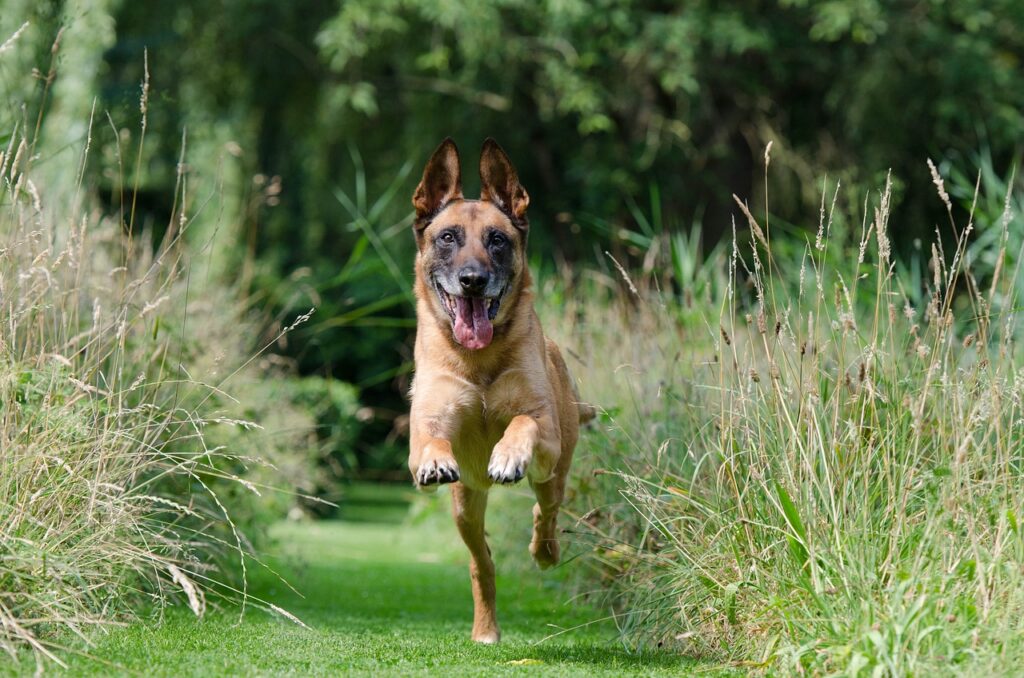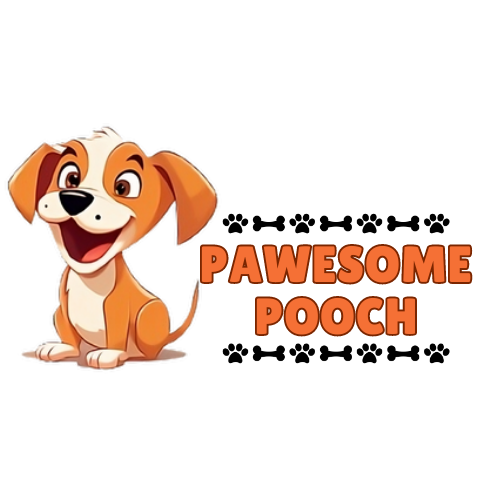
If you’re considering bringing a small furry friend into your home, you might be wondering about their exercise needs. Small dog breeds can offer big love, but just how much activity do they require? It’s important to understand that while small in size, these dogs still benefit from regular exercise. In this article, we’ll take a closer look at the exercise requirements for small dog breeds, helping you ensure your pint-sized pup gets the right amount of physical activity to keep them happy, healthy, and full of energy. So let’s dig in and explore the world of small dog exercise needs together!

Physical Exercise Requirements
Understanding the Energy Levels of Small Dog Breeds
When it comes to small dog breeds, understanding their energy levels is crucial. While it may be easy to assume that all small dogs have low energy levels, this is not always the case. Some small dogs, such as Jack Russell Terriers and Dalmatians, have high energy levels and require more exercise. On the other hand, breeds like Bulldogs and Basset Hounds are more low-energy and may need less vigorous exercise.
Determining the Ideal Exercise Routine
To determine the ideal exercise routine for your small dog, consider their breed, age, and overall health. Puppies and young dogs generally have more energy and may require more exercise than older dogs. Consulting with your veterinarian can help you tailor an exercise routine that suits your dog’s individual needs.
Choosing the Right Activities for Small Dogs
Small dogs can engage in a wide range of physical activities to meet their exercise requirements. Some popular choices include walking, running, playing fetch, and participating in agility training. The key is to choose activities that are appropriate for your dog’s size and physical ability.
Importance of Duration and Intensity
When it comes to exercise for small dogs, both duration and intensity play important roles. It’s crucial to provide a sufficient amount of exercise time to ensure your dog gets the physical activity they need. Additionally, adjusting the intensity of the exercise based on your dog’s capabilities can help prevent injury or exhaustion.
Considering the Unique Needs of Brachycephalic Breeds
Brachycephalic breeds, such as Bulldogs and Pugs, have unique exercise needs due to their shortened airways. These dogs may have difficulty breathing, especially in hot or humid weather. It’s essential to choose activities that do not overexert these breeds and to monitor them closely during exercise to avoid any breathing difficulties.
Mental Stimulation
Importance of Mental Exercise for Small Dogs
While physical exercise is crucial for small dogs, mental stimulation is equally important. Mental exercise helps prevent boredom and can improve your dog’s overall behavior and well-being. Engaging your small dog’s mind can also tire them out, making them more relaxed and content.
Types of Mental Stimulation Activities
There are various types of mental stimulation activities that you can incorporate into your small dog’s routine. These include puzzle toys, where your dog has to figure out how to retrieve treats or toys from within a device. Hide-and-seek games, where you hide treats or toys around the house for your dog to find, can also provide mental stimulation. Additionally, training sessions that focus on teaching your dog new commands or tricks can keep their mind engaged.
Training and Puzzle Toys for Mental Stimulation
Training and puzzle toys are excellent tools for mental stimulation in small dogs. Training sessions not only provide mental exercise but also strengthen the bond between you and your furry friend. Puzzle toys, on the other hand, require your dog to solve a problem or figure out how to access treats, engaging their problem-solving skills.
Walking and Running
Benefits of Daily Walks for Small Dog Breeds
Daily walks offer numerous benefits for small dog breeds. They provide an opportunity for your dog to explore their surroundings, socialize with other dogs and humans, and stimulate their senses. Regular walks can also help maintain a healthy weight, improve cardiovascular health, and prevent behavior problems caused by pent-up energy.
Guidelines for Walking Small Dogs
When walking your small dog, it’s essential to use an appropriate harness or collar that won’t strain their neck or restrict their breathing. Choose a leash length that allows your dog to walk comfortably but still gives you control. Keep in mind your dog’s size and adjust your walking pace accordingly. Short-legged breeds may not be able to keep up with a brisk walking speed, while high-energy breeds may need a slightly faster pace.
Considerations for Running with Small Dogs
Running with your small dog can provide an additional level of exercise, but it’s important to consider their physical capabilities. Small dogs may be more prone to joint issues or injuries, so it’s crucial to start slow and gradually increase intensity. Consult with your veterinarian to ensure that running is a safe activity for your specific dog and consider alternate activities if running proves to be too strenuous.
Playtime and Games
Benefits of Playtime for Small Dogs
Playtime is not only fun but also essential for small dogs’ physical and mental well-being. Regular play sessions provide an outlet for your dog’s energy and help prevent boredom, anxiety, and destructive behavior. Playing with your small dog also strengthens the bond between you and allows for social interaction.
Choosing the Right Toys for Small Dogs
When selecting toys for your small dog, consider their size, durability, and safety. Choose toys that are appropriate for their size to prevent choking hazards. Look for durable toys made from materials that can withstand chewing and rough play. Interactive toys, such as treat-dispensing or puzzle toys, can provide mental stimulation during playtime.
Interactive Games for Small Dog Breeds
Interactive games can enhance playtime for small dogs and provide mental and physical exercise. Games like hide-and-seek, where you hide treats or toys around the house for your dog to find, can engage their senses and provide mental stimulation. Tug-of-war games can also be a fun and interactive way to play with your small dog, as long as it is done safely and with proper training.

Dog Parks and Socialization
Benefits of Dog Parks for Small Dogs
Dog parks can be a great way for small dogs to socialize and burn off energy. They provide a safe and enclosed space for dogs to play and interact with others. Dog parks allow small dogs to socialize with dogs of different sizes and breeds, which can improve their social skills and overall behavior.
Ensuring Safety and Comfort in Dog Parks
While dog parks can be beneficial, it’s essential to ensure your small dog’s safety and comfort in these environments. Keep a close eye on your dog and be aware of any potential disputes or aggressive behavior from other dogs. Small dogs may be more vulnerable in crowded or high-energy environments, so it’s important to monitor their interactions closely.
Importance of Socialization for Small Dog Breeds
Socialization is crucial for small dog breeds to become well-rounded and confident individuals. Exposing your small dog to different environments, people, and other dogs from a young age can help prevent fear or aggression issues. Regular visits to dog parks, playdates with other small dogs, or attending obedience classes can all contribute to your small dog’s socialization needs.
Swimming and Water Activities
Benefits of Swimming for Small Dog Breeds
Swimming is a low-impact activity that provides numerous benefits for small dog breeds. It is an excellent form of exercise that can help strengthen muscles, improve cardiovascular health, and provide mental stimulation. Swimming is also a great way for small dogs to cool off during hot summer months.
Safety Precautions for Small Dogs in Water
When introducing your small dog to water activities, it’s important to take safety precautions. Not all small dogs are natural swimmers, so gradually introduce them to the water and provide them with a flotation device if needed. Keep a close eye on your dog to prevent exhaustion or potential drowning, and choose calm and shallow areas for them to swim in.
Water Activities Suitable for Small Dogs
In addition to swimming, there are other water activities that can be suitable for small dogs. Playing fetch with water toys, using a sprinkler in the backyard, or setting up a kiddie pool can all provide fun water-based activities for your small dog. Just ensure that the activities are safe and appropriate for your dog’s size and swimming abilities.

Agility and Obedience Training
Benefits of Agility Training for Small Dogs
Agility training is a fantastic way to provide both physical and mental exercise for small dogs. It involves navigating through obstacle courses, such as jumps, tunnels, and weave poles, which can improve your dog’s coordination, confidence, and problem-solving skills. Agility training also fosters a stronger bond between you and your small dog through positive reinforcement and teamwork.
Basic Obedience Training for Small Breeds
Basic obedience training is essential for all small dogs. Training your dog to respond to basic commands, such as sit, stay, and come, not only ensures their safety but also improves their behavior and overall manners. Obedience training provides mental stimulation and helps establish a strong foundation for further training activities.
Advanced Training Techniques for Small Dogs
Once your small dog has mastered basic obedience, you can explore advanced training techniques to challenge their abilities further. Teaching your small dog tricks like roll over, play dead, or even agility-specific commands can provide mental and physical stimulation. Advanced training techniques can be a fun way to keep your small dog engaged and continuously learning.
Indoor Exercise Options
Creating an Indoor Exercise Routine
Sometimes, outdoor exercise may not be possible due to weather conditions or other circumstances. In such cases, creating an indoor exercise routine can ensure your small dog still gets the physical activity they need. Designate an area in your home where your dog can exercise safely, and establish a routine that includes various indoor activities.
Indoor Games and Activities for Small Dogs
There are numerous indoor games and activities that small dogs can enjoy. Playing fetch down a hallway, setting up an obstacle course using furniture and pillows, or engaging in a game of hide-and-seek can provide both mental and physical exercise. Puzzle toys, treat-dispensing balls, and interactive feeding mats can also keep your small dog entertained while stimulating their mind.
Utilizing Agility Equipment Indoors
If you have the space, you can consider investing in indoor agility equipment specifically designed for small dogs. Mini hurdles, tunnels, and weave poles can provide a fun and challenging indoor exercise routine for your small dog. Agility equipment allows your dog to practice their coordination, balance, and speed, all within the comfort of your home.
Including Physical Exercise in Daily Routine
Incorporating Exercise into Small Dog’s Schedule
To ensure that your small dog gets enough physical exercise, it’s important to incorporate it into their daily routine. Set aside specific times each day for walks, playtime, or training sessions. Consistency is key, as regular exercise is essential for your dog’s physical and mental well-being.
Breaking Exercise into Multiple Sessions
If your small dog tends to tire quickly or has a limited attention span, consider breaking down the exercise into multiple sessions throughout the day. This can help prevent overexertion and keep your small dog engaged and motivated. Short, frequent bursts of exercise can be just as effective as one long session.
Creating a Balanced Exercise Routine
A balanced exercise routine for your small dog should include a combination of physical and mental stimulation activities. Aim for a mix of activities that cater to their specific needs, considering their energy levels, age, and health. By providing a balanced exercise routine, you can ensure that your small dog remains happy, healthy, and well-rounded.
Consulting a Veterinarian
Importance of Veterinary Guidance
Before starting any exercise routine for your small dog, it’s crucial to consult with your veterinarian. They can assess your dog’s overall health and provide specific recommendations based on their individual needs. Veterinarians can also help identify any underlying health conditions that may affect your dog’s ability to exercise safely.
Tailoring Exercise Requirements to Individual Dogs
Every small dog is unique, and their exercise requirements may vary. Your veterinarian can help tailor exercise requirements specifically to your dog’s breed, age, size, and overall health. With their guidance, you can ensure that your small dog receives the appropriate amount and type of exercise for their individual needs.
Recognizing Signs of Overexertion
While exercise is important for small dogs, it’s crucial to be aware of the signs of overexertion. Signs of overexertion can include excessive panting, difficulty breathing, vomiting, and unwillingness to continue the activity. If you notice any of these signs, it’s important to stop the activity and provide your dog with a break. Monitor your dog closely and consult with your veterinarian if the symptoms persist or worsen.
In conclusion, small dog breeds have specific exercise requirements that should be met to ensure their overall health and well-being. Providing a balance of physical and mental exercise, tailored to their individual needs, can help keep them happy, stimulated, and in good physical condition. Remember to always consult with your veterinarian to ensure you are meeting your small dog’s exercise needs appropriately.

